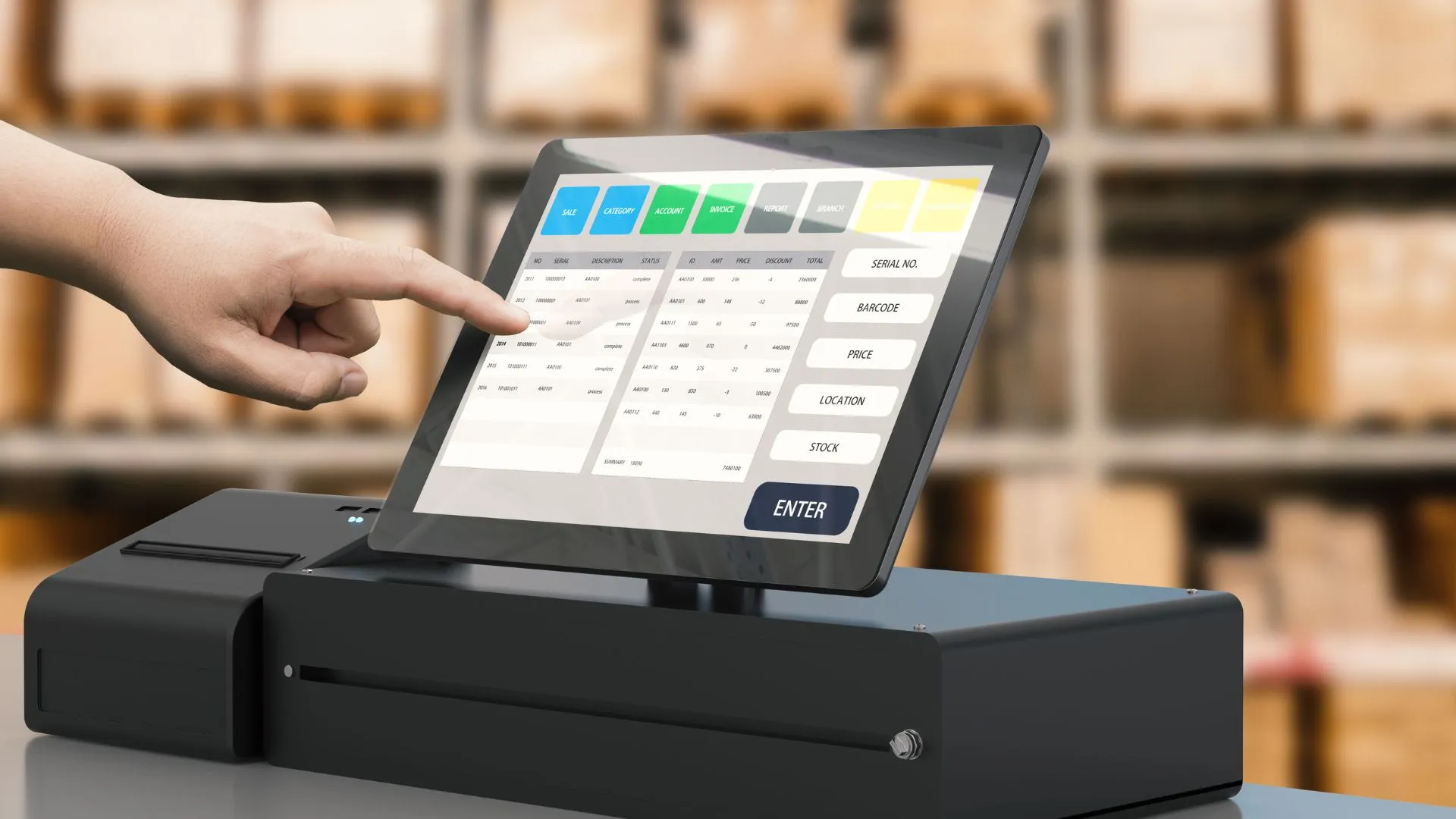What Is Behavior-Driven Development (BDD)? Definition And Benefits
Behavior-Driven Development (BDD) is revolutionizing the software development process by bridging the gap between technical and non-technical team members.
This Agile methodology focuses on defining software behavior from the user’s perspective, fostering collaboration, and ensuring that development aligns with business goals.
By combining the precision of Test-Driven Development (TDD) and the clarity of Acceptance of Test-Driven Development (ATDD), BDD enhances communication, reduces misunderstandings, and streamlines the development cycle.
In this article, we’ll dive into the following topics:
- What is Behavior-Driven Development (BDD)?
- What are the core principles of Behavior-Driven Development?
- What are the benefits and challenges of Behavior-Driven Development?
- How to implement Behavior-Driven Development
- Frequently Asked Questions (FAQs) about Behavior-Driven Development
Whether you’re a developer, tester, or business stakeholder, this article will equip you with the knowledge to leverage BDD for creating high-quality, user-centric software.
What Is Behavior-Driven Development (BDD)?
Behavior-Driven Development (BDD) is a collaborative approach that refines software development by focusing on user behavior and real-world scenarios.
Unlike other methodologies like Test-Driven Development (TDD) and Acceptance Test-Driven Development (ATDD), BDD emphasizes defining application behavior from the user’s perspective to ensure alignment with client requirements and expectations.
BDD drives development through user stories and behavior-centric scenarios, enabling teams to create software that truly delivers value. It employs a shared language understandable to all stakeholders—business users, developers, and testers—promoting clear communication and collaboration. This common language often uses Gherkin, a simple, structured format that describes behavior using “Given,” “When,” and “Then” statements.
By automating tests based on these behaviors, BDD ensures that everyone is on the same page, facilitating a smooth development process that prioritizes end-user satisfaction and functional accuracy.
What Are The Core Principles Of Behavior-Driven Development?
Behavior-Driven Development (BDD) is built on several core principles that guide its practice and ensure its effectiveness.
Firstly, BDD emphasizes collaboration among all stakeholders, including developers, testers, and business analysts, fostering a shared understanding of the software requirements.
Secondly, it advocates for a user-centric approach, where development is driven by user stories and real-world behaviors, ensuring the software meets actual user needs.
Thirdly, BDD promotes the use of a common language, often Gherkin, that is understandable by both technical and non-technical team members, enhancing communication and reducing misunderstandings.
Fourthly, it integrates testing into the development process, starting from the early stages, which aids in early defect detection and improves software quality.
Lastly, BDD encourages iterative development, where software is built in small, manageable increments, allowing for continuous feedback and improvement.
What Are The Benefits Of Using Behavior-Driven Development (BDD)?
Behavior-Driven Development (BDD) offers numerous benefits that enhance software development processes and outcomes. Here are some of the most impactful advantages BDD brings to the table:
- Improves communication and collaboration among team members
- Helps identify and fix defects early
- Reduces rework and maintenance costs
- Creates cross-functional software documentation
- Enhances the quality of software and performance
- Aligns development with business objectives
- Promotes user-centric development
- Supports continual incremental improvement
Ultimately, BDD drives the creation of user-centric software, delivering real value and ensuring client satisfaction. This holistic approach ensures that software development remains agile, responsive, and focused on providing the best possible outcomes for users and stakeholders.
What Are The Challenges Of Using Behavior-Driven Development (BDD)?
While Behavior-Driven Development (BDD) offers significant benefits, it also presents several challenges that teams need to address for successful implementation. Here are some of the most common hurdles BDD brings to the table:
- Requires high stakeholder engagement
- Difficulties in writing effective scenarios
- Integration with existing tools and processes
- Maintaining scenario quality and relevance
- Ensuring continuous testing and automation
- Steep learning curve for new team members
- Potential for over-engineering
- Balancing detailed documentation with agility
Addressing these challenges requires careful planning, continuous collaboration, and a commitment to maintaining BDD practices. By recognizing and tackling these obstacles head-on, teams can fully leverage BDD’s benefits and improve their software development processes.
How To Implement Behavior-Driven Development
Implementing Behavior-Driven Development (BDD) involves several key steps that ensure smooth adoption and effective results. Here’s a step-by-step guide to get you started:
- Educate the Team: Begin by training all team members—developers, testers, and business analysts—on BDD principles and practices. Understanding the importance of collaboration and the role of user stories is crucial.
- Choose the Right Tools: Select appropriate BDD tools such as Cucumber, SpecFlow, or JBehave. These tools help automate scenarios and integrate smoothly with your existing development environment.
- Start with User Stories: Write clear and concise user stories using a common language like Gherkin. Ensure these stories are understood by both technical and non-technical stakeholders to foster collaboration.
- Define Scenarios: Develop scenarios that describe the expected behavior of the software. Use the “Given, When, Then” format to detail conditions, actions, and outcomes.
- Automate Tests: Automate these scenarios to ensure they are tested continuously. This helps in catching defects early and maintaining software quality.
- Integrate with Agile Practices: BDD works best within an Agile framework. Integrate BDD practices into your sprints, ensuring continuous feedback and iterative development.
- Review and Refine: Regularly review and update your scenarios to keep them relevant. Continuous improvement is key to maintaining the effectiveness of BDD.
Start Using BDD In Your Business With Expert Guidance
Are you ready to enhance your software development process with BDD? At Euvic, we specialize in helping businesses adopt BDD effectively.
Our experienced consultants will guide you through best practices, tool selection, and seamless integration into your existing workflows.
Fill out our consultation form today to schedule a free, no-obligation consultation. Our team is here to support you every step of the way, from initial planning to full-scale implementation.
Take the first step towards more efficient and effective software development. Fill out the form below, and together, we can create exceptional software that meets and exceeds user expectations.
Euvic is a competitive advantage for us. The technical excellence that Euvic has brought is not easily matched and their support has become integral to our growth strategy.

Euvic is a competitive advantage for us. The technical excellence that Euvic has brought is not easily matched and their support has become integral to our growth strategy.

Euvic is a competitive advantage for us. The technical excellence that Euvic has brought is not easily matched and their support has become integral to our growth strategy.

Talk to Your Local Euvic Team

















.webp)







































































